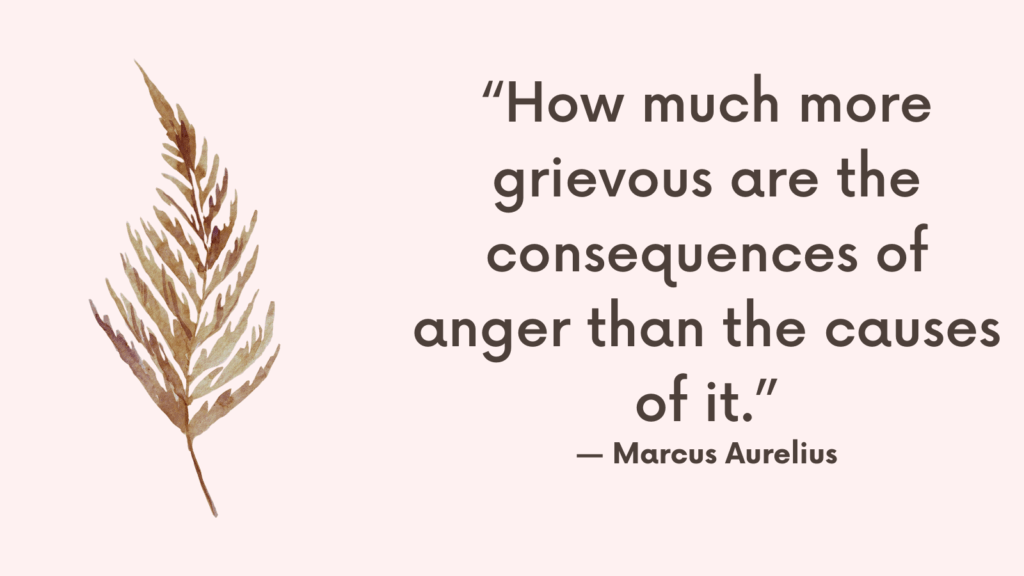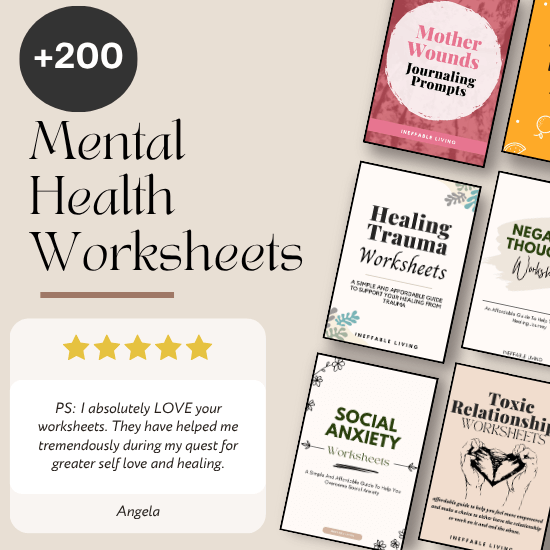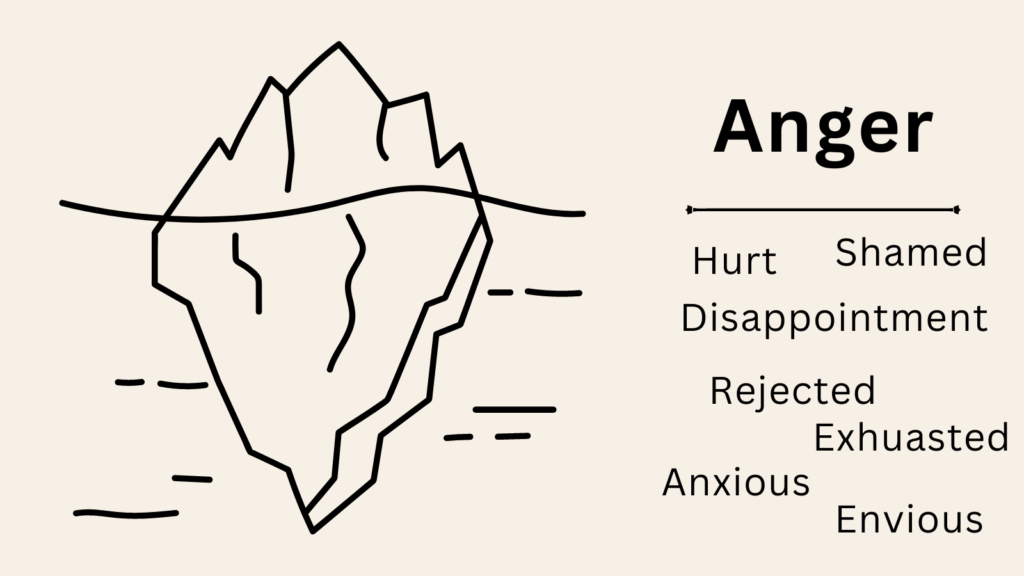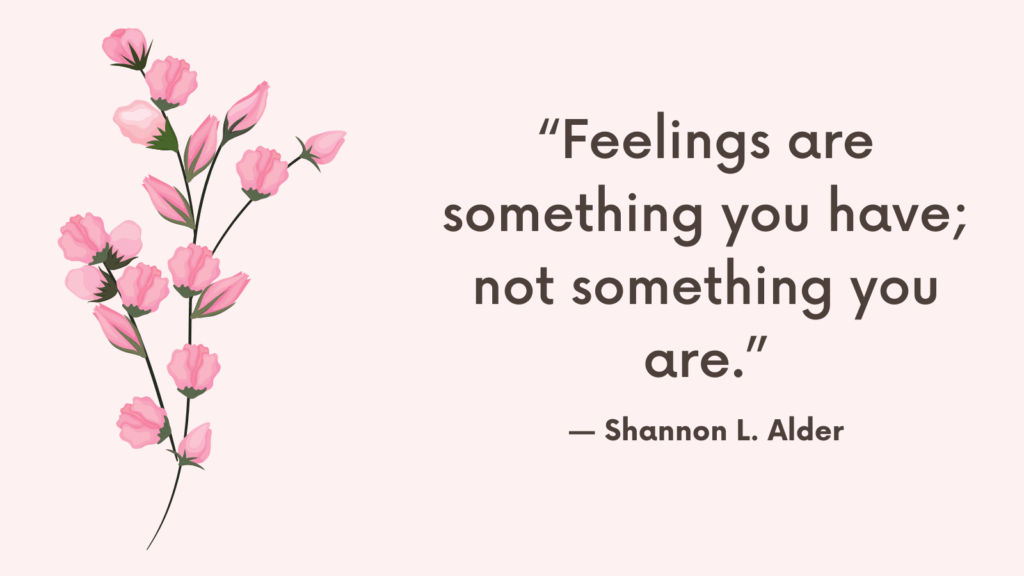Non-reactive anger is the ability to feel anger without letting it take over your actions, words, or state of mind. It’s about staying centered and mindful when emotions flare, so you can respond with intention instead of impulse. This skill is crucial for emotional maturity, strong relationships, and lasting self-respect.
What Is Non-Reactive Anger?
Non-reactive anger means allowing yourself to feel angry without exploding, withdrawing, or attacking. It’s not about suppressing anger — it’s about recognizing it, accepting it, and choosing how to express it thoughtfully and respectfully.
Why It Matters
Reactive anger often leads to regret, broken relationships, and increased stress. Non-reactive anger creates space for clarity, healthy boundaries, and solutions. It transforms a potentially harmful emotion into a tool for insight and change.
The Difference Between Reaction and Response
- Reaction: Instant, emotional, and uncontrolled. Fueled by ego and past wounds.
- Response: Thoughtful, calm, and conscious. Based on values, not emotion.
How Non-Reactive Anger Feels
- You feel the heat, but you don’t lose control.
- You stay aware of your thoughts and breathing.
- You notice the urge to lash out — and let it pass.
- You respond with firmness, not fury.
Related: Beyond Just Anger: How to Manage Intermittent Explosive Disorder?
How to Practice Non-Reactive Anger?
1. Pause Before Responding
The moment you feel anger rise, stop. Don’t speak, don’t act — just pause. Even a few seconds of stillness can interrupt the automatic reaction and help you regain control.
2. Focus on Your Breathing
Take slow, deep breaths to regulate your nervous system. Inhale through your nose, hold for a few seconds, then exhale slowly through your mouth. This calms the body and allows the mind to refocus.
3. Name the Feeling
Silently name what you’re feeling: “I’m angry,” “I’m hurt,” or “I feel disrespected.” Naming the emotion puts you in the observer’s seat rather than the reactor’s seat, which helps you step back mentally.
4. Shift the Spotlight Inward
Ask yourself:
- “What is this anger trying to protect?”
- “Is this about now, or is something deeper being triggered?”
Reflecting instead of reacting builds emotional awareness.
Related: How to Master the Pause Before Reacting?
5. Delay the Conversation
If possible, walk away and return to the conversation later. Tell the other person, “I need time to cool down,” or “Let’s talk about this when I’ve had a chance to think.” Delaying prevents emotional explosions.
6. Use Movement to Discharge Energy
Anger creates physical tension. Channel it through safe movement: go for a walk, do push-ups, stretch, or hit a pillow. Releasing energy helps you return to a calmer state.
7. Reframe the Situation
Try to see the situation from another perspective. Ask, “What else could be true here?” or “Is this about me, or are they struggling too?” Reframing reduces blame and increases compassion.
8. Practice Mindful Listening
When you’re ready to talk, listen without interrupting or defending yourself. Mindful listening helps reduce misunderstandings that often fuel anger in the first place.
9. Choose Assertiveness Over Aggression
When you speak, use calm, firm, and respectful language. Say what you feel and need without blaming:
- “I felt hurt when that happened.”
- “I need more space when I’m upset.”
10. Reflect After the Anger Passes
Once calm, review the situation. What triggered you? What helped you stay non-reactive? What could you do differently next time? This reflection builds your emotional intelligence.
Related: Frustration Intolerance: Understanding It and Building Patience
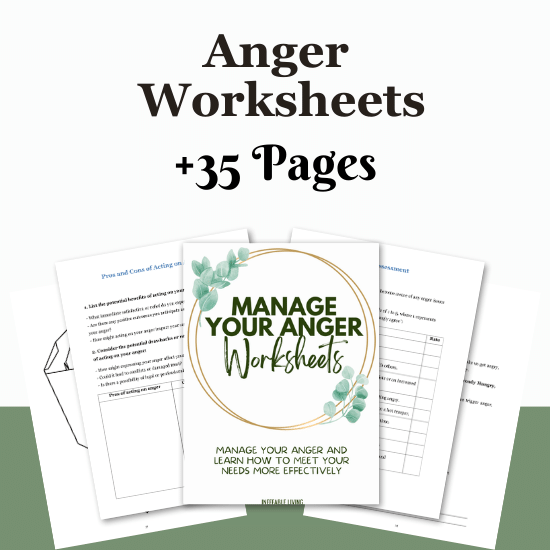
Conclusion
Practicing non-reactive anger doesn’t mean suppressing emotion — it means honoring it with mindfulness, choice, and intention. Over time, this practice builds emotional resilience and deeper, more respectful relationships.
